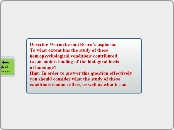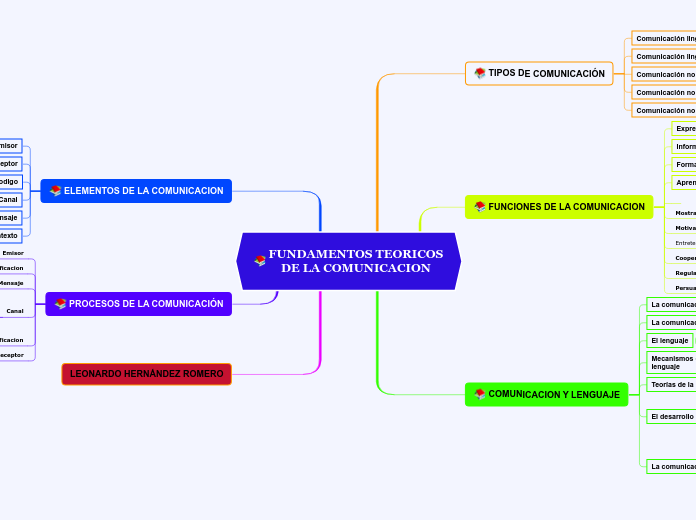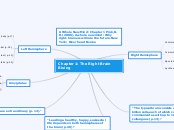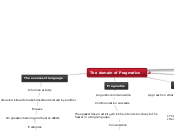Describe Wernicke and Broca’s asphasia. To what extent has the study of these neuropsychological conditions contributed to our understanding of the biological basisof language?Hint: In order to answer this question effectively you should consider what the study of these conditions cannot tell us, as well as what it can.
What does biologicalbasis mean
4.What aphasiascan' tell us
The sematic problem
Bank (money) vs. Bank (river)
The syntax problem
How do we determine what is bound to what
The phonemic problem(how is the auditory analysisdone?)
seperating speech from non-speech
no clear word boundaries
We recognize words although the sounds may vary
Depending on the phoneme befor or after
Between speekers
Within speakers
C.Grammer is inborn?
"Chomksy": Languag is more likewatering a flower than learnig
Theory of language instinct:(language is no culturalphonmena - we need to be tought to read and writebut not to speak)
Babies don't need tobe tought to learn to speakcorrecly - they pick it up bylistening
Able to extract rulesjust by listening
B.How is itaccomplishedon a neuronal level
damage not neat andnice
The binding problem:how is a subject conntectedto an adjective (the green dog chases the cat)
If thats how it works in normal people?
- small sample
- what role did plasticity play (newly wired?)
A.General Problems of resolution
Space
Time
How do stages or modules inform each other
Permanent Interation
One module informs the others
Purley Modular approach?
Evidence
Experiments
"Bank": First priming thanmeaning inhibits other interpreations of "bank" (i.e.as river)
if it was totalinerconnection"bank" (river wouldhave never beenprimed in the firstplace)
No influence from other modules exept for the output?
3. What aphasias can tell us
C.Language seems to involve modules
Speech production vs. Speech understanding
Speek vs. Understand
Understand vs. Speak
Connected to motor areas
Semantics Module
Subtopic
Wernickes Area
Syntax Module
Roles clarified by sentence structure
Brocas Area
B.Language is a function of the brain
Language areas can be located (fairly) specifically
However the location varies between people
Temporal Lobe
Frontal
Language has a fairly specific hemisphere (left)
A.What are Aphasias
Brocas Aphasia(After french physiologist Paul Broca)
also called non-fluent Aphasia
Correct nounsare selected when talkingbut binding words (adverbs, verbs) and syntax is missing
Location Frontal CortexBordering with pariatal Cortex(Brodmans Areas ?)
Orignially thought tobe a problem with motorneurons / speech production,however it was found that syntax (roles)are guessed by the closest subject / objectsrather than understood
Wernickes Aphasia(After German Phyisologist KarlWernicke)
Believed to be tied toAnomia
Unability to namenouns in specificcategories like ...
Tools
Living things
Location: Parietal Cortex(Brodmans Area ?), borderof temporal Lobe
also called Fluent-Aphasia
Intitially thought of aproblem of understandingspeach but better explanined as an incapability of matchingphonemes to meaning
Syntax on the other handseems normal.
Patients have ahard time describeingscenes and uttering meaningfulsentences in general
Aquired Languagedisorder leading to specific speech impaiments
Brain Lesions
Stroke
2. What need to be accomphishedfor understanding language?Analysis of differnt kinds of Information
2. Analysis of Meaning
Analyis of words
Semantics
Anaysis of Syntax (Roles: Doersactions and Objects
1.Analysis of Auditory Information:Changes in Air -Pressure into neuronal signals creates the perception of "sound"
Analyes of speech vs:other sounds
Cortical Areasspecialized for speechrecognition
Analysis of Phonemesin higher auditory centresof the cortex
Which phonemesmake up words? which don't?
1.INTRODUCTIONExtent of languageuse and capabilitesbelieved to be uniqueto human specieas
vs. Language of other specicies
Primates(i.e. vervet monkeys)
Lacking communicationabilites of human language
reduced number of meanings overall
Lacking Grammar
meanings can't be combined to form new meanings
Language is a function ofthe human brain
Claim: Languge use andunderstanding has Modular Set up
Syntactic Module
Semantic Module
Lesions:
Wernickes Aphasia
Lesions of this areaaffect nouns butnot syntax
Brocas aphasia
Lesions in thisarea affec syntax but not nounds
Experimental
Understanding ofsencences happensin three stages
ERP's of senctences that are dificult to process
? 600
N400
LGA
4. Extra Potential forextra cognitive Work ?
3. Integrattion
2.Semantic Analyses
1. Syntactic Analyses
Location
Located in the left (communication)hemisphere (also for 60% of the)left handers
Languge areas areLocated on Cortex
Language is ahigher cognitivefunction
Evidence
ElectrophysiologicalTreatments (TranscranialStimulation)
Lesions / Strokes
PET Scans
Analgesics









